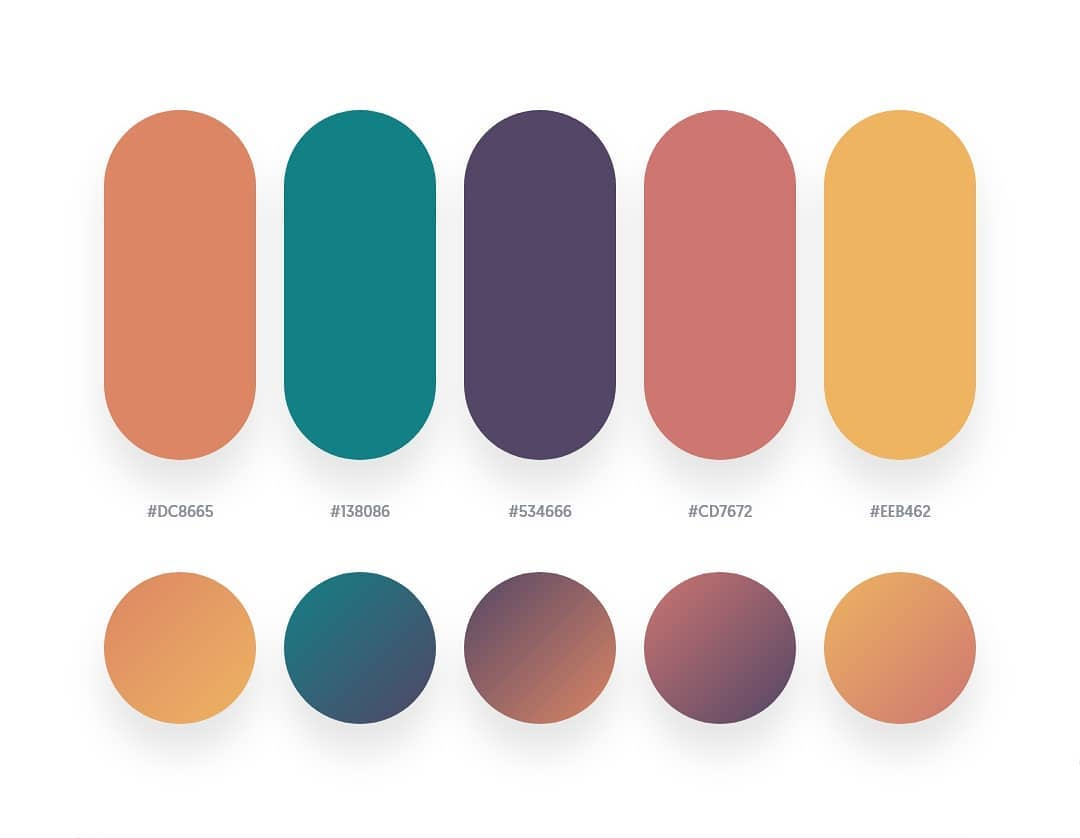

- #AMIGA COLOR PALETTE IBROWSE SETTINGS HOW TO#
- #AMIGA COLOR PALETTE IBROWSE SETTINGS 32 BIT#
- #AMIGA COLOR PALETTE IBROWSE SETTINGS DOWNLOAD#
RGB16 and ARGB32 for all other clients.BGR233 for compatibility with the Amiga VNC client, VVA, which knows this efficient format,.So I have chosen to only support 3 output encoding schemes : If we had to support all combinations of input and output formats, AmiVNC would be a monster. 8 bit R, 8 bit G, 8 bit B, or 2 bit B, 3 bit G, 3 bit R, or whatever). On the output side, in theory, the VNC client could ask for any arbitrary true color pixel encoding (eg.
#AMIGA COLOR PALETTE IBROWSE SETTINGS 32 BIT#
Thus, AmiVNC is much faster with 16 bit gfx modes sent as 16 bit pixels to the client than it is with 8 bit planar modes sent as 16 bit pixels, or 32 bit gfx modes sent to VVA as 8 bit pixels. To be efficient, AmiVNC directly reads (when it can) the memory from graphics boards, to avoid conversion functions.
#AMIGA COLOR PALETTE IBROWSE SETTINGS HOW TO#
Thus, on the "input" side, AmiVNC must know how to make true color pixels (the only ones supported by the VNC protocol) out of planar, palette chunky and true color chunky screens. To be usable, AmiVNC has to know how to deal with all these 4 philosophies.

The programming functions are in the " cgxsystem.library ". Same as above… except some differences which make programming more difficult. Chunky true color screens, with Cybergraphics.The programming functions are in the " picasso96api.library ". In these 15, 16, 24 and 32 bit modes, the RGB values are directly stored in the display memory, thus there is no indirection using a palette. Chunky true color screens, with Picasso96.The difference is the memory organization : you only have one byte plane, and a pixel color value is one byte in the byte plane. It is globally equivalent to planar screens : you have a 256 entries palette, and to display a pixel, the board fetches its color number from the display memory, and looks into the palette to get the RGB values. These screens are available with graphics boards and RTG systems like Picasso96 or Cybergraphics. To actually display a pixel, the chipset fetches one bit per bitplane, combines these bits into a color number, looks into the palette to obtain the corresponding RGB values, and finally sends these values to the monitor. In these screens, there is a palette associated to each screen, giving the red, green, blue true color values for 2 to 256 color definitions, and each pixel is spread over several (1 to 8) bitplanes. Planar screens, made by the original Amiga chipsets (OCS, ECS, AGA).The Amiga has (from AmiVNC programmer's point of view) four display philosophies : Events from the client are inserted into vice as if they were really coming from the server's mouse & keyboard. The child process processes incoming queries from the client : key hits, mouse moves etc.When one comes in, an authentication phase takes place, a child process is created, then the main process scans for screen changes and feeds the client with these changes (in theory, when the client requests these changes, but also works when the server unattendedly sends changes to the client, which is the case of AmiVNC). One process (the main one) waits for incoming connections.AmiTCP/Genesis), CyberGraphics 4.2p8, StormC4/GCC, SDK AmiTCP4.3, SDK CGFx 4.0ĪmiVNC is also tested w/ Picasso96 1.43b & Miami. An A2000 with GVP-m G-Force 060, 150 MB RAM, A2065, Picasso 4, OS 3.5, MUI, MCP NetConnect 3 (inc.AmiTCP/Genesis), CyberGraphics 4.2p8, StormC4/GCC, SDK AmiTCP4.3, SDK CGFx 4.0 An A4000 with Cyberstorm PPC 060/233, 150 MB RAM, AriadneII, CybervisionPPC, Picasso4, Paloma, Concierto, OS 3.9, MUI, MCP, NetConnect 3 (inc.I would be happy to have feedback from testers and developers in order to enhance it. Guillard, freeware, provided with its StormC4 project & source code, and can freely be enhanced, as long as you send me your enhancements :-) It does not pretend to be complete (by far), but it works on my setup, and I use it from a Win32 VNC 3.3.3R2 client, and from VVA.ĪmiVNC is © S. Starting from the documentation available with the source for VNC servers for X11 and Win32, I brought up a prototype VNC server for the Amiga.
#AMIGA COLOR PALETTE IBROWSE SETTINGS DOWNLOAD#
If you want to use any other system as a client, please download the client for your platform at the official VNC download page. If you want to use an Amiga as the client, you can use the Amiga VNC Client (VVA), which is based on an initial work from Joerg Dietrich, and is now maintained by a very talented French programmer, Denis Spach. It is compatible with native screenmodes only. Planar only : : use these 68020 or 68060 versions if you have no RTG system installed.


 0 kommentar(er)
0 kommentar(er)
